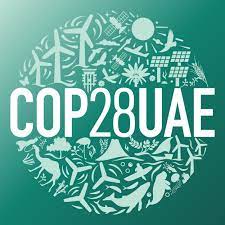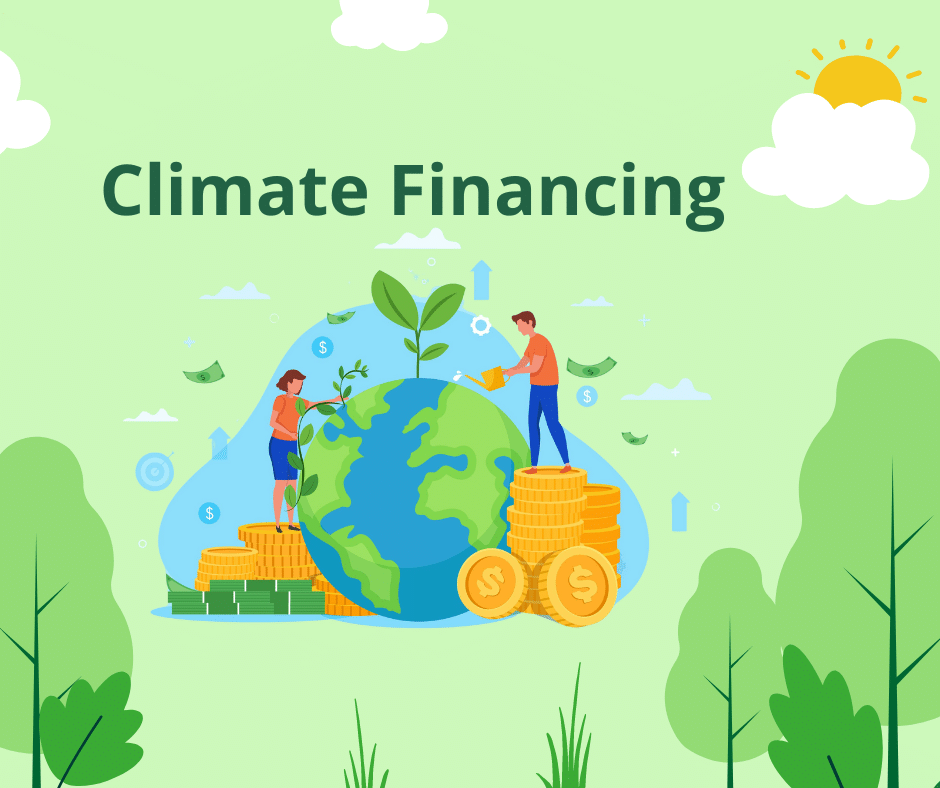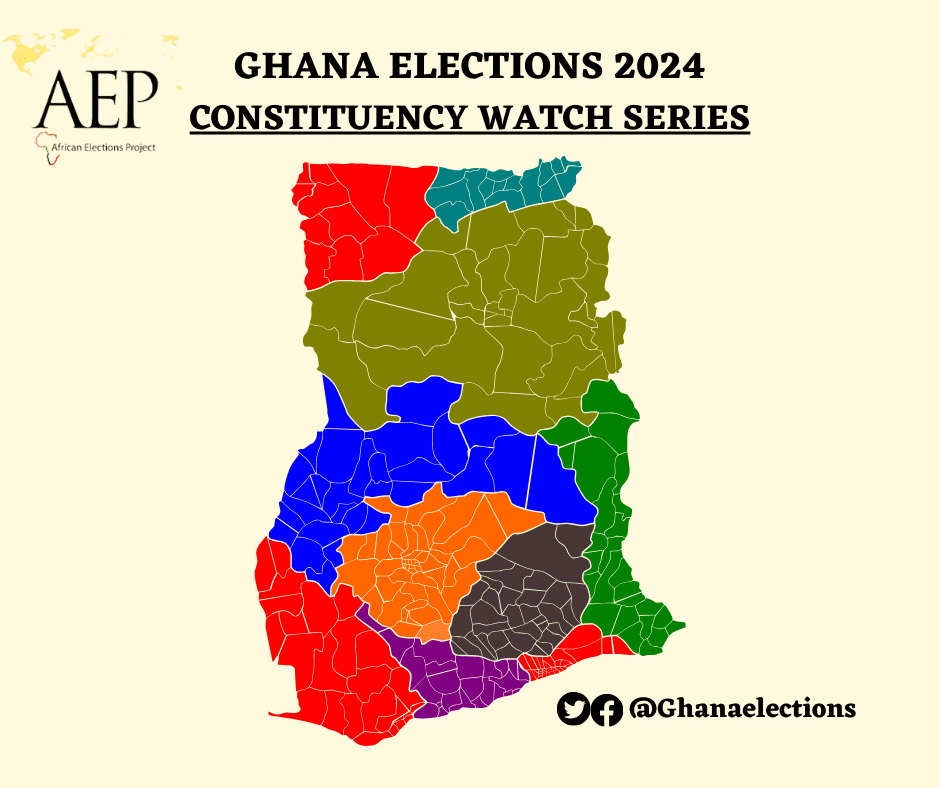At the global level, the major platform for climate change dialogue and action has been the United Nations Climate Change Conference of Parties (COP), which was created as “the convention’s supreme body and as an association of all member states, with the intention of having regular annual meetings to be attended by Heads of State, Ministers, Environmental Experts and Non-Governmental Organizations (NGOs)”.
The annual climate summit, organized by the United Nations will take place this year from November 30 to December 12 in Dubai, United Arab Emirates. This year’s summit will become the 28th meeting, after the first Earth Summit, also known as the UN Scientific Conference, held in Stockholm, Sweden, from 5th to 16th June 1972.
But after nearly three decades of these meetings, do they achieve anything significant for addressing climate change issues? And how different will this year’s COP28 be from previous years?
Here is a closer look at COP 28 and everything you need to know.
What is COP28?
COP stands for Conference of the Parties, the first COP was in 1995; and as it will be taking place in its 28th year, hence the name, COP28. In attendance will be government representatives from One hundred and ninety-seven (197) states and regional economic organizations who are signatories to the 1992 United Nations Framework Convention on Climate Change (UNFCCC), the parent agreement of the 2015 Paris Agreement.
Additionally, accredited “observer” non-governmental and inter-governmental organizations and media will be attending this year’s COP. Over 70,000 delegates are expected to attend this year’s climate change summit in Dubai, United Arab Emirates (UAE).
Typically, of every year, there will be an area called the “green zone” during the conference where events and other exhibitions that are climate-related will be accessible to businesses and the general public.
What is the point of COP meetings?
The focus of COP summits over the years is aimed at developing action plans on how to achieve the goal of the UN’s 1992 convention framework which states “to protect the climate system for the benefit of present and future generations of humankind”, since how to achieve that has not been clearly spelt out in the framework.
As stated by UN, the goal of the annual meetings is to determine “ambition and responsibilities, and identify and assess climate measures.” In other words, countries are expected to agree to take actions that are dedicated to cutting greenhouse gases, which are causing climate change.
Again, countries globally, especially poorer and vulnerable ones are tasked to adjust and limit the harm the changes are already causing such as hotter weather and more flooding, droughts and wildfires.
What is the focus of this particular meeting?
The specific topics for each year’s COP are always decided ahead of time. In a speech delivered by the UN Secretary-General, Antonio Guterres, he hinted on some of the areas and other organizations have also listed them as areas to keep an eye on. They are:
Global Stock Take
The global stock take is one of the focus areas in this year’s summit. Every five years, members of the 2015 Paris Agreement are expected to assess the progression of the world’s efforts to keep global warming below 2 C. and with an aim to restrict the increase to just 1.5 C.
Being first of its kind, the stock take has attracted the attention of many, including Jennifer Allan, a reporter on climate negotiations for the International Institute for Sustainable Development’s Earth Negotiations Bulletin.
According to her, the stock take is supposed to look at “where are we, in terms of reducing emissions and building resilience to climate change and supporting developing countries,” she said. Technical fact-finding for the stock take has taken place over the past year and a half. “Now it’s the political outcome.”
With the implementation of the nationally determined contribution also known as NDC, the objective is to help countries in prioritizing their future climate actions, which needs to be updated every five years.
According to Guterres in his speech: “The response to the global stock take must light the fuse to an explosion of ambition in 2025.”
To respond to the Global stock take, Guterres is asking for countries to commit to: Triple renewable energy capacity; Double energy efficiency; Bring clean power to all by 2030; Phase out all fossil fuels, with a clear time frame aligned to the 1.5 C Paris limit.
Meanwhile the leadership of COP28 presidency wants the stock take to identify where climate action is missing and produce a plan to get countries on track.
Although the Paris Agreement does not explicitly state what form that should take — it could be political declarations, or it could be a decision.
Whatever it is, climate negotiations watchers are keeping an eye out for items on Guterres’s wish list.
Loss and Damage and other Climate Finance
For many, the agenda for this year’s COP meeting is “about finance”. Last year’s COP27 summit settled on putting up a loss and damage fund, whose objective is to help vulnerable people and countries recover and rebuild after being battered by climate disasters.
Ahead of COP28, a UN Committee has suggested ways to operate the fund, including proposing for the World Bank to manage the funds temporarily for four years – a decision that is up to countries involved to make.
Preety Bhandari, senior advisor for the climate program at the World Resources Institute, said on a press call ahead of the conference that she is “cautiously optimistic” that will happen, as she’s heard “positive signals” and thinks countries are unlikely to risk reopening negotiations on it.
Among other discussions on climate finance includes discussions centered on assisting developing countries with funds in order to help them in adapting to climate change and clean energy. In achieving that, the discussions are also looking at how to get international governmental financial institutions, including the World Bank, to align their priorities with the Paris Agreement goals, and how to ensure that loans (the main source of climate finance so far) don’t cause poorer nations to take on too much debt.
Given the Time and Resources, are COPs Worth it?
Undoubtedly, the COP summit presents a unique opportunity for countries prone to climate disasters to raise their concerns directly to the major emitters. They provide a platform that does not exist anywhere else. However, things tend to be bureaucratic and slow.
The summit has also been instrumental in the establishment of the loss and damage fund. And this was made possible after years of hard work and deliberations at many COP meetings.
Opinions will differ about the usefulness of 70, 000 delegates attending the COP in Dubai. Many skeptics will say it’s a shopping trip for diplomats and their families. This is the criticism from many of the Ghanaians about the government sending a huge number of delegates to the conference.
Furthermore, critics of the entire process may also say that, should nothing substantial be agreed at this COP that would benefit Ghana and Africa more generally, what does it matter?
Addressing climate change is a matter of scale. A lost year or two in the UNFCCC process could equate to lost decades in terms of introducing the complex financial arrangements, loans, technical assistance, planning decisions – and above all else, allocating the funding – so that Ghana and other countries, which have since their independence suffered decades of underdevelopment, including as a result of onerous loans from Multilateral Development Banks can prosper along a sustainable path.






